Kyphoplasty is a common surgical approach used to treat compression fractures when they fail to heal or cause continued or worsening symptoms. During this intervention, the surgeon will insert a ballooning device into the fractured vertebrae to recreate its natural spacing and then fill the space with bone cement to secure the structure. Reinforcing the vertebrae helps restore the vertebrae’s height to improve the spinal posture and reduce pain, with near-immediate relief felt for many patients. Though considered a minimally invasive procedure, a recovery period must be observed to ensure optimal results and safely heal from this spinal intervention. If you are considering or planning to undergo a kyphoplasty procedure, here are some things to expect during the rehabilitation process.
Recovering in the Hospital
Performed in a hospital setting using either local or general anesthesia, this procedure usually takes one hour for each vertebrae being repaired. Patients then transfer to a post-op recovery room where they are closely monitored for an extended period. Your medical team may track your blood pressure, monitor for potential allergic reactions, and ensure overall well-being after the spinal surgery. Often, an overnight stay is recommended. Although people report significantly reduced pain immediately following surgery, observation after surgery helps to ensure patient safety and reduce the risk of complications as the effects of anesthesia subside.
Because kyphoplasty directly involves your spine, your surgeon and medical care team will want to ensure that your nerves and spinal cord are healthy and intact after surgery. This means that while you are still in the hospital you will need to participate in physical examinations to test your neurological function. That function includes sensation, strength, mobility, and coordination. Your surgeon may even recommend evaluations by physical and occupational therapists to ensure you can get out of bed, walk, and perform your basic daily activities (e.g., get dressed, use the toilet, take a shower, etc.) safely before returning home. Additionally, patients must be cleared by their spine surgeon before returning to driving and typically are not allowed to drive immediately following surgery. Therefore, patients should arrange for a friend, family member, or an alternate transportation option for their ride home from the hospital.
Regarding pain management, as mentioned above, many people feel significant pain relief immediately or within the first 48 hours after surgery. However, it is normal to experience some soreness and discomfort at the surgical sites the first few days after your procedure. For relief, you may consider applying ice packs for 20 minutes at a time as needed. Do not exceed 20 minutes and wait at least 20 minutes before reapplying to protect your skin.
For pain medication, over-the-counter non-steroid anti-inflammatory drugs (NSAIDs) such as aspirin or ibuprofen can be taken as directed by your doctor to reduce pain and inflammation. Depending on your specific case, your surgeon may also recommend medications to support bone strengthening and healing. Your physician will review your specific medication recommendations before you are discharged home or in their offices prior to surgery.
What to Expect at Home
While heavy exertion and strenuous activities should be avoided for at least four to six weeks, you can expect to resume most of your basic daily activities as soon as you return home. You may even be able to return to work after a few days depending on the nature of your job, your recovery, and your surgeon’s recommendations. Though adequate rest is important, staying active by doing light activities around the house, going for short walks, or even doing light exercises when able can and will support your recovery.
You will, however, need to avoid excessive bending, lifting, or twisting during your recovery (e.g., lifting heavy pots and pans, swinging a golf club, vacuuming, etc.). You may want or need to consider arranging for help with some household activities. For example, ask a friend or family member to help with meal preparation, arrange for a temporary grocery delivery service, or hire help to clean your home or yard as needed. Specific recommendations for when and how to gradually increase the intensity and duration of your physical activities over time should be discussed with your surgeon.
Following Up with Your Surgeon
Most patients will be asked to schedule a follow up appointment with Dr. Morrison about two weeks after their kyphoplasty procedure. At this visit, Dr. Morrison will ask you questions about your pain and functioning as well as conduct additional physical exams to assess your recovery. Often, this is also the time when he will advance or lift any activity precautions or restrictions depending on your progress. If you need to continue certain medications, begin rehabilitative therapy, or adjust any other aspects of the treatment plan, Dr. Morrison can also address those recommendations at this visit.
Considering Kyphoplasty with Your Morrison Clinic Team
In general, undergoing kyphoplasty is an effective and widely used approach for compression fracture treatment. With limited downtime, the recovery process is often manageable and minimally disruptive to your life while providing significant symptom relief long-term. If you are experiencing worsening or ongoing pain and discomfort after a compression fracture, ask your surgeon if kyphoplasty is an option for you.
Morrison Clinic proudly offers excellence in South Florida neurosurgical treatment, including the provision of kyphoplasties. You can learn more about kyphoplasty procedures and what to expect here.

